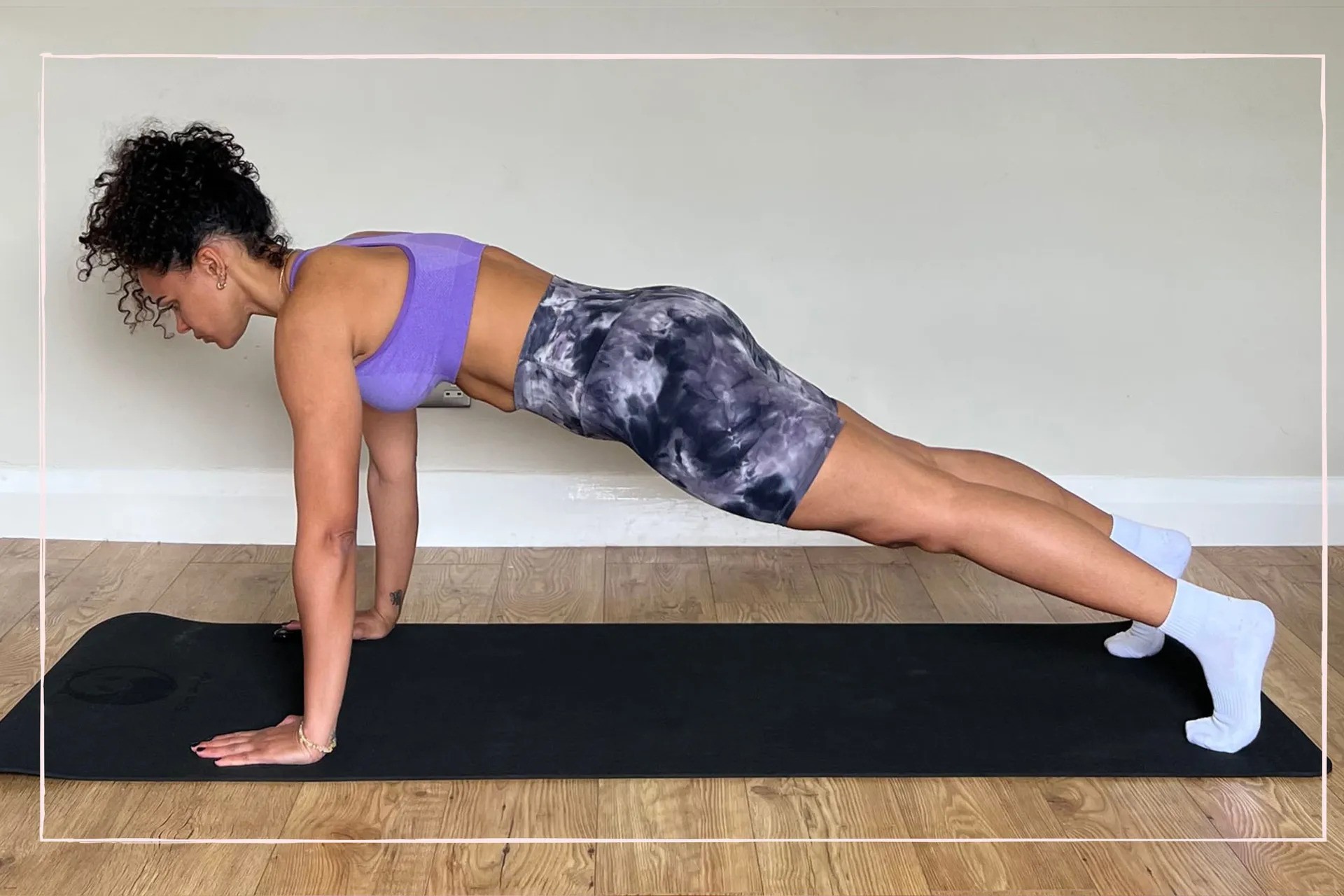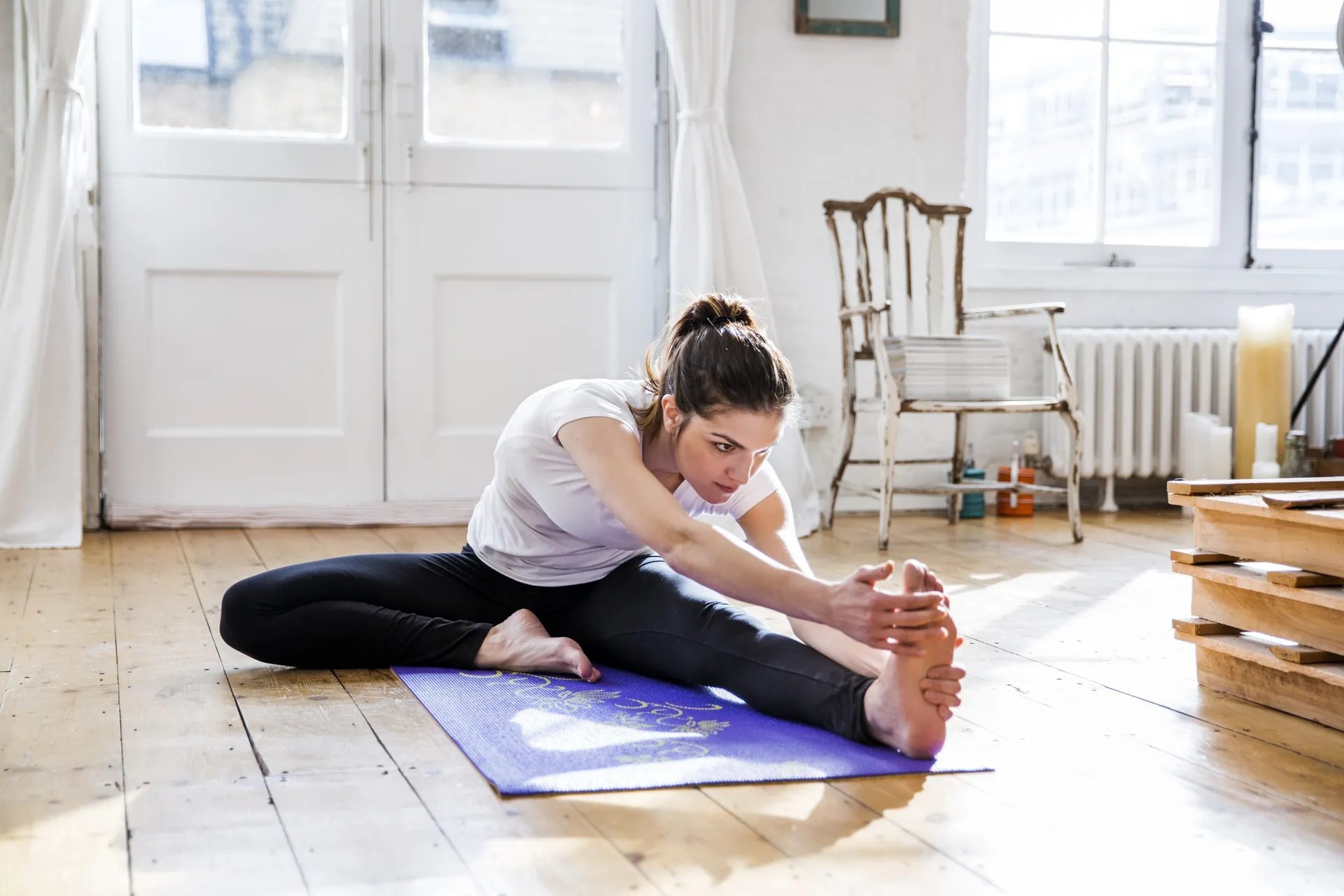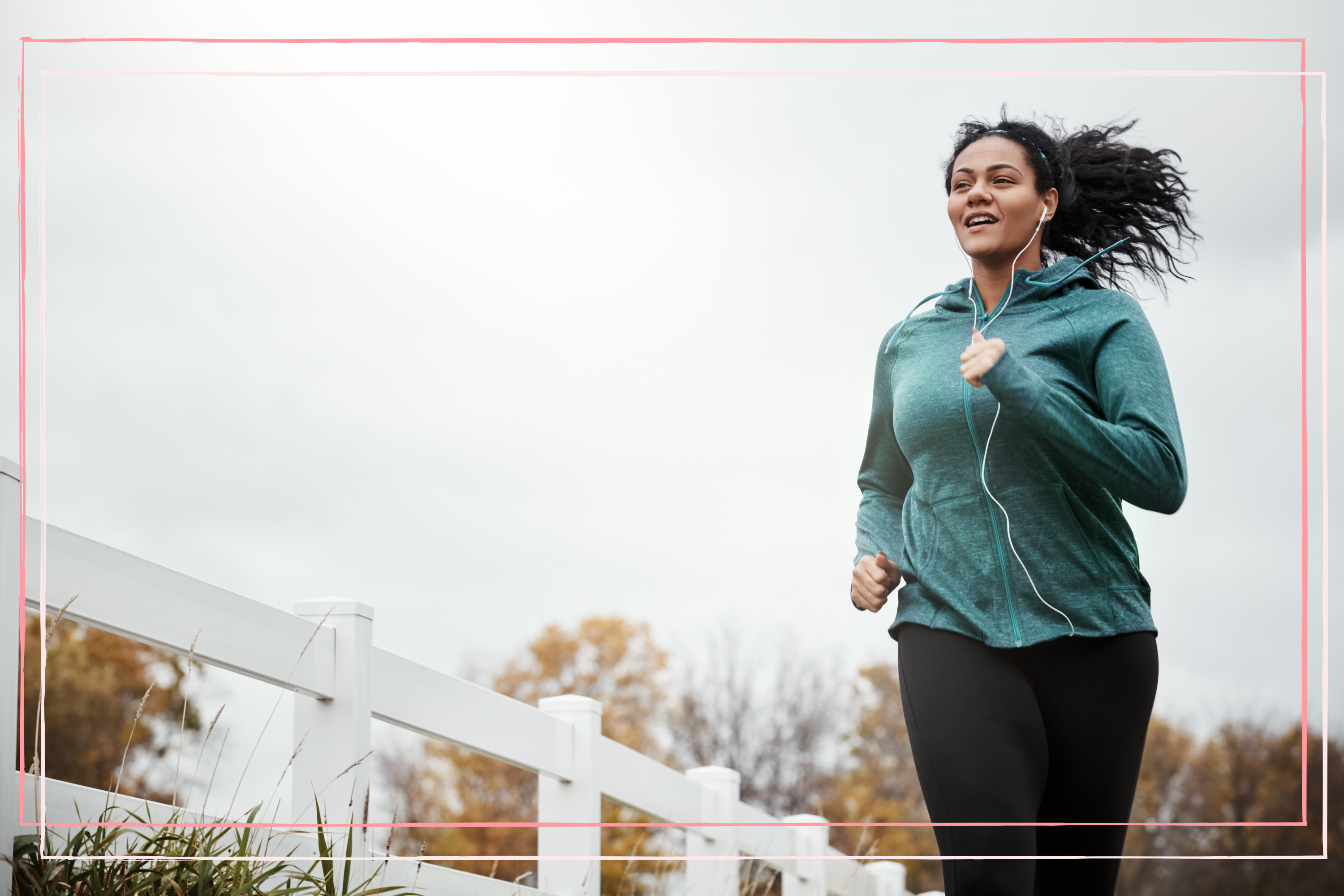Get fit from home with our 30-day HIIT workout challenge
Short and sweet, HIIT is great exercise for busy mums on the go
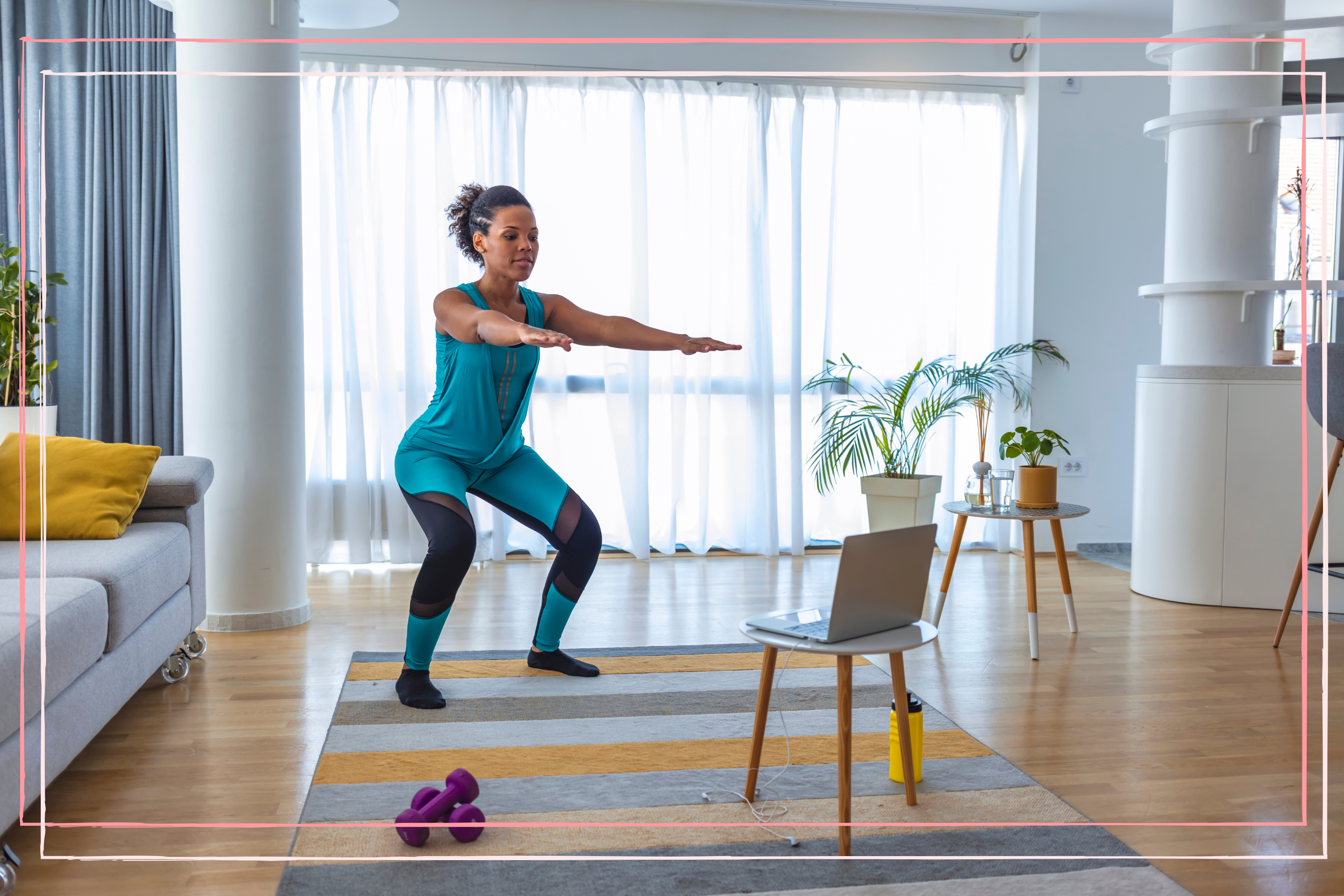

If you're a mum juggling a thousand things at once, finding time to exercise is probably last on your list.
Enter, HIIT (high-intensity interval training) that only requires little-and-often exercise like 15-minute workouts – and you don't even need to leave the house if Couch to 5k isn't doable for you right now. HIIT workouts can go anywhere with you too – all you need is space to move around and you can do it just using your body weight.
"I encourage clients to think of exercise as something that can easily fit in in short bursts, rather than something they need to create lots of time for," says postnatal exercise specialist, Grace Lillywhite. "A 15-minute workout seems short, but if you manage to do it five days a week, that becomes 90 minutes, which is hugely beneficial. Mums can make HIIT part of their daily routine when their children are napping or asleep for the night, but I also find that they love to join in, showing them that exercise for kids is a good thing and the importance of doing things for your own health when you are a mum. All types of exercise have huge benefits, including improving brain health, stronger muscles and bones, reducing the risk of disease, improving mood, boosting energy and improving mum’s ability to do day to day activities with their children."
This is evidenced by a 2021 study published in the National Library for Medicine that suggests HIIT could help you build muscle mass, as well as burn fat. HIIT could also be a great mood-booster. A recent 2023 study on PubMed found that HIIT can crank up a protein called BDNF, which plays a role in controlling brain function and mood.
So, if you're new to HIIT and wondering where to start, you've come to the right place. Here, Constantinos Yiallouros, personal trainer with Anytime Fitness UK shares his five favourite moves that you can do from the comfort of your own home.
What is a HIIT workout?
HIIT requires you to work for a relatively short amount of time (around 20 to 45 seconds) followed by a brief recovery period, before returning back to the next exercise.
"A familiar HIIT workout would contain five to six exercises such as squats, mountain climbers and running on the spot," trainer Constantinos says. "This would comprise one 'round', and you would then repeat this four to six times for your entire workout."
GoodtoKnow Newsletter
Parenting advice, hot topics, best buys and family finance tips delivered straight to your inbox.
"The aim is that with these short periods of work, you're able to push harder than you traditionally would and challenge yourself, significantly elevating your heart rate in the process." He explains that most HIIT workouts will only be 30 minutes maximum and if they're done regularly alongside other types of training, they can deliver incredible results.
One study from 2015 published in the National Center for Biotechnology Information suggest that this type of workout can also burn over 25 percent more calories than other forms of exercise or the same number of calories in as little as a third of the time. This makes it a particularly great exercise if you're a busy mum. But even better, HIIT can also help you burn calories after you've finishing exercising. Multiple studies, including research from the University of North Carolina, have demonstrated HIIT's ability to increase your body's metabolic rate for hours after you've finished exercising.
"HIIT works wonders for your aerobic fitness and can increase your VO2 max," Constantinos adds. "This refers to the maximum rate of oxygen that your body can consume and use effectively during exercise. Improving your VO2 means you'll increase your body's ability to handle cardio exercises such as running and swimming."
What is the HIIT workout plan?
The HIIT workout plan is 30 to 40 minutes of exercise per week, split across two different days with adequate rest and recovery time in between. As a rule, your heart rate should only be above 90 percent maximum for 30 to 40 minutes per week. This exercise should be supplemented with other less demanding workouts, such as yoga or a gentle walk.
And importantly, Constantinos says, only take on a workout plan of this kind if you've already been exercising for at least six months consistently. HIIT is made up of high-impact, rapid movements so it puts a lot of strain on your muscles and joints: "It should be something that you build up to over time and when your body feels ready to, add into your exercise regime alongside cardio and resistance training," he says.
After warming up with a light jog or some dynamic stretching, do each move in the workout for 30 seconds. Rest for 15 seconds between each move. After your first circuit of the five moves, rest for 60 seconds. Then repeat the circuit four more times (five times in total). To warm down after your HIIT workout, try a mixture of static and dynamic stretches while your muscles are still warm.
The 30 day HIIT workout challenge
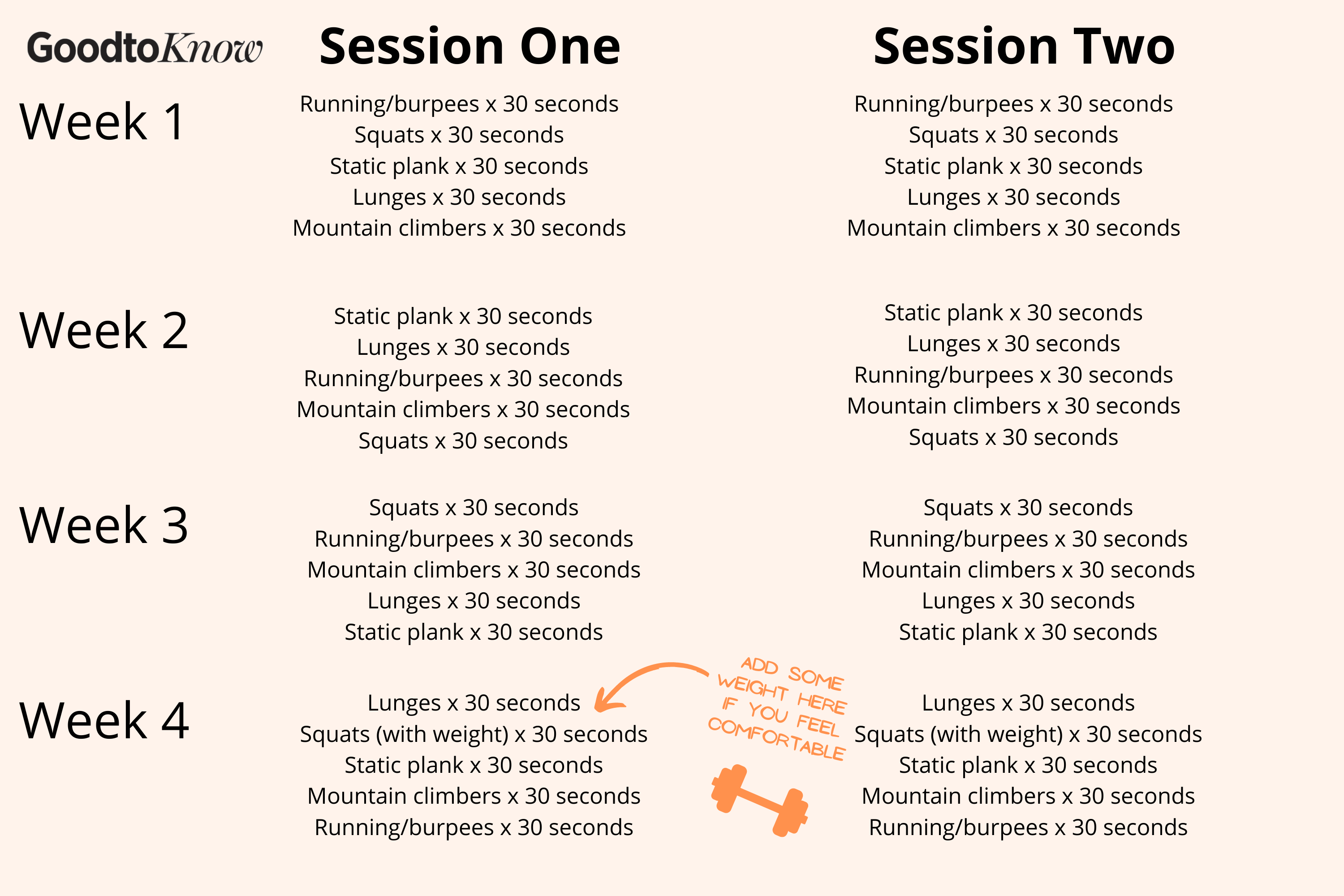
HIIT workout: What movement to do and how to do them
1. Static plank
If you saw the word 'plank' and groaned, don't panic! If you've never tried this move, our 30-day plank challenge will help you get started.
- Lie down on the floor with your elbows under your shoulders, hands together or flat on the floor – whichever feels more comfortable.
- Engage your core by drawing in your abdominal muscles towards your spine.
- Keeping your abdominal muscles tight, look at the space in between your hands to ensure they are in line with your body. Keep your eyes looking down and keep your butt in line with your body, too. Don't push your hips up high or try to bring them down.
- Hold the position for as long as you can.

2. Squats
- Stand with your feet should-width apart with your toes slightly pointed outwards.
- Keeping your spine neutral, shoulders back and your chest open, you can clasp your hands in front of you for ease.
- With your feet firmly planted into the ground, start the move by pushing your hips back as if you're going to sit on a chair behind you. If you struggle with this move, it may actually be a good idea to position a chair behind you so you know where to aim for.
- Bend your knees to position yourself as far down as possible, keeping your chest lifted always. Keep your lower back in that same neutral position, press through your heels and stand back up to the position you started in.
If you've already been incorporating squats into your workout for the last six months, whether with no weights or a barbell, you could always make your squat harder by adding some free weights. Constantinos recommends adding some kettlebells into your move to help make it more challenging for yourself. Start off with a lower weight than you think you may need, then work your way up, as your muscles will soon be working hard with more repetitions than you may be used to. For complete beginners, our 30-day squat challenge is ideal to ensure you nail the perfect form.
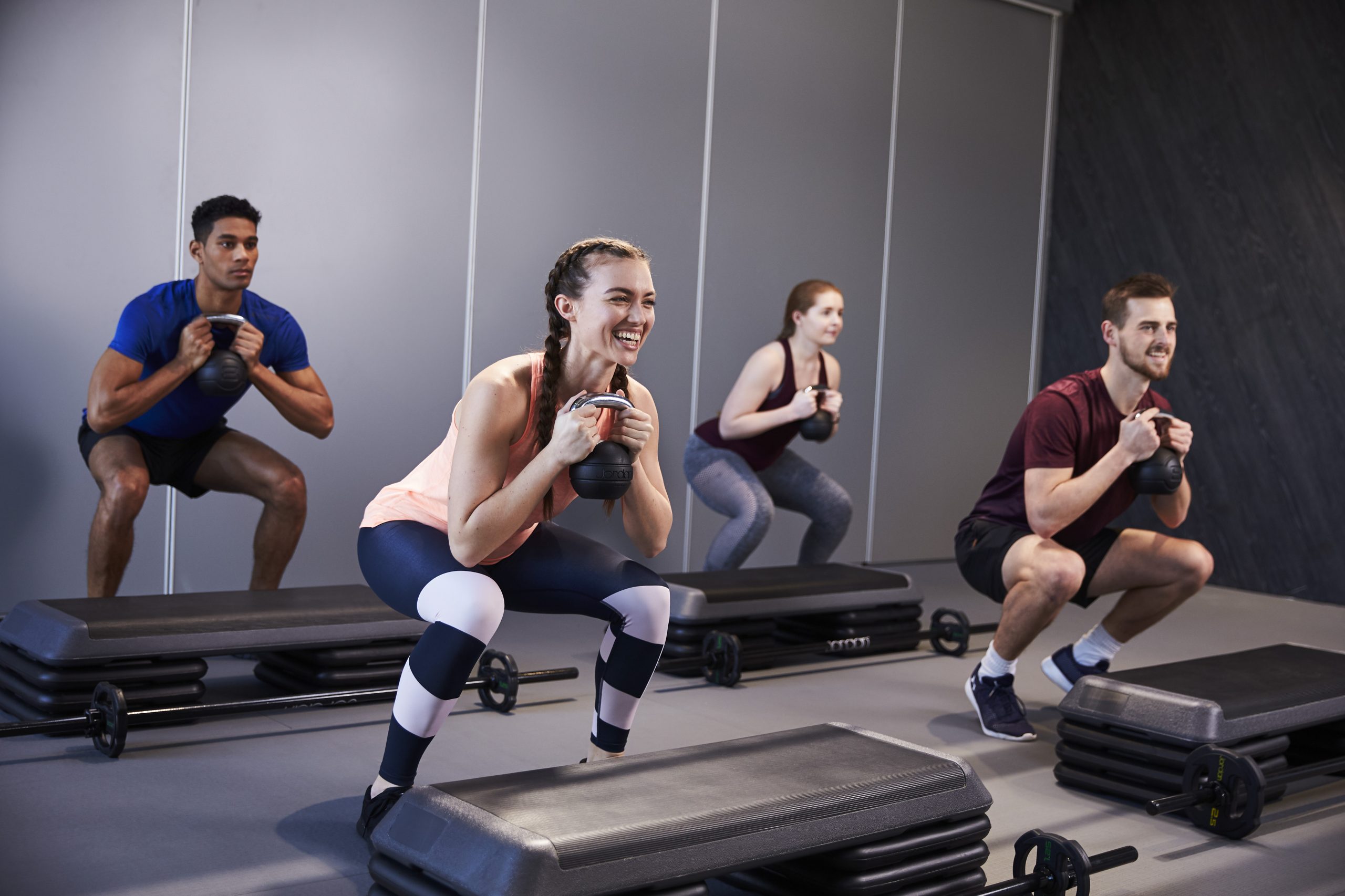
3. Lunges
Lunges are another amazing move for really building the muscles in your quads, calves, hamstrings and your glutes, as well as helping to improve balance in your core strength. For variation, opt for some side lunges instead. Equally as effective as a regular lunge, side lunges will help you engage other parts of your glutes and quadriceps, as well as helping to tone up your oblique muscles.
- Standing with your feet should-width apart, take a step forward so that your knee is at a right angle to the ground.
- Make sure that your back knee is also parallel to the ground and that your front knee doesn't extend over the top of your toes, as this can put unnecessary strain on your knee.
- Lift your front leg and step backwards to return to the start position, swapping to the other leg.
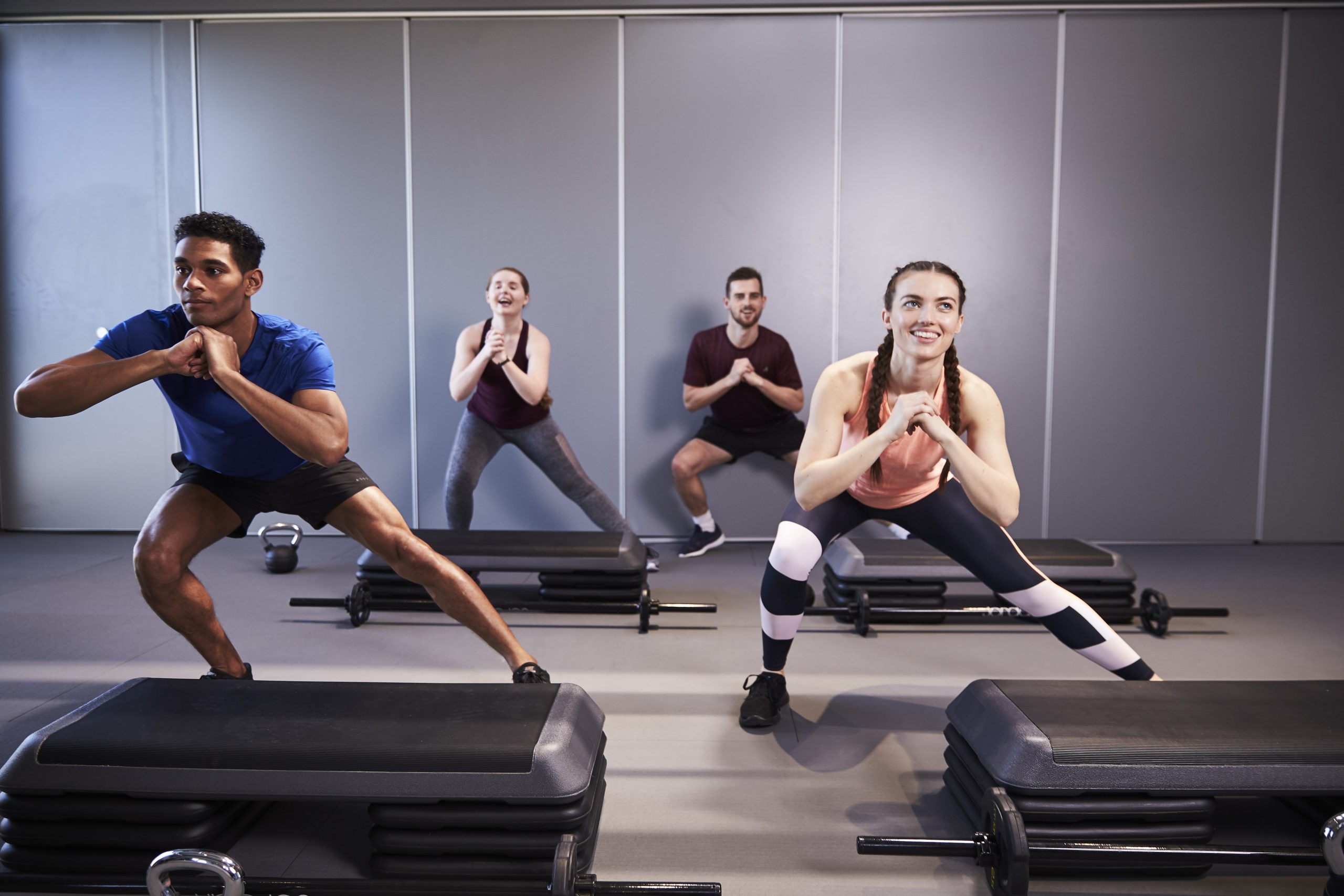
4. Mountain Climbers
- Find your plank position and make sure that you're distributing your weight evenly between your hands and toes.
- If you're new to mountain climbers, you may find it easier to prop your arms up on a bench. At home, this could be the arm of your sofa or a chair against the wall.
- Make sure that your hands are shoulder-width apart, your back is flat, your ab muscles are engaged and your head is aligned with the rest of your body.
- Pull your right knee into your chest as far up as it can go then quickly switch legs, pulling the knee down and the other back up. It should almost feel as if you're running on the spot – but be sure to bring those knees up high!
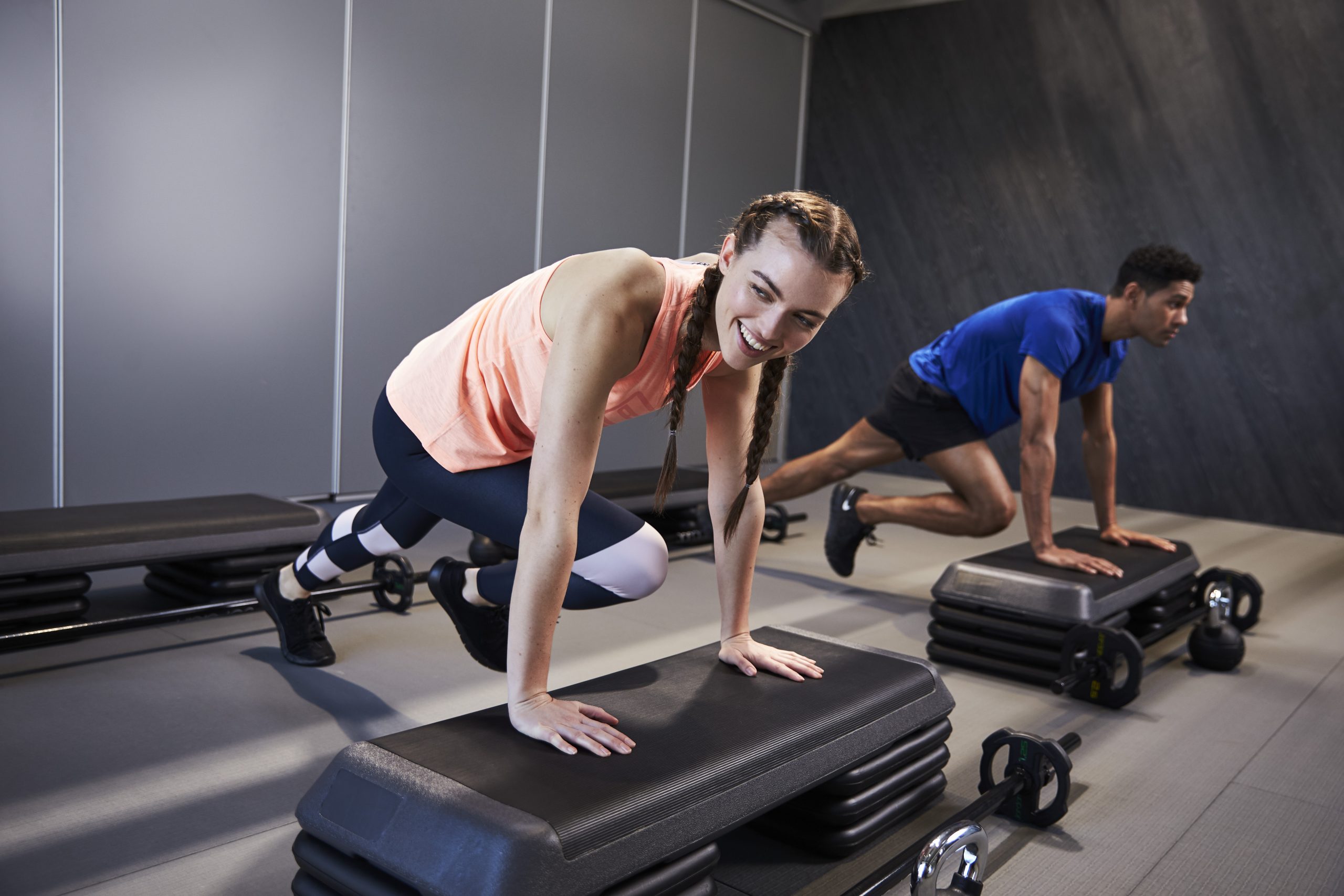
Mountain climbers can get a bit disruptive, so if you've got kids who are in bed, these workout sliders are a great option when you need to be quiet. Keep your feet on the discs and simply complete the move by sliding them backwards and forwards in the same motion, rather than taking your feet off the floor.
5. Running on the spot
When running on the spot, be sure to keep your knees high and really drive up. If you find that you want something a little harder, opt for a variation of the classic burpee – learn how to do burpees with the proper form, as shown by a fitness expert.
- From a standing position, place your hands on the floor in front of you.
- Kick your legs out behind you, so you land on your toes adopting a plant/press-up position.
- Ensure your core is tight throughout (to protect your back). Keep your chest over your hands to keep the workload on core and not your neck.
- Jump your legs back in towards your hands and then stand. This is one rep, continue for the duration of the time frame

Constantinos Yiallouros is a personal trainer and Head of Product at Anytime Fitness UK, with a passion for coaching and over 20 years’ of experience in the fitness industry. He has managed gyms at several leading operators in the UK and currently oversees the delivery of coaching and personal training across Anytime Fitness’ 180+ gyms in the UK and Ireland.
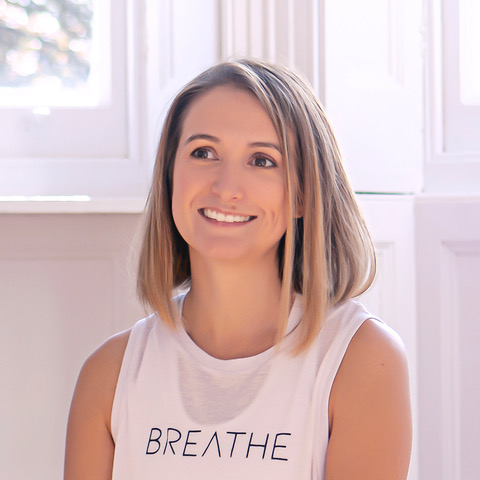
Grace Lillywhite is a women’s health specialist, Pilates teacher and the founder of Centred Mums. Grace provides specialist classes for all mums who want to improve their pelvic floor health – during pregnancy, the postnatal period and way beyond – in St Albans and online. Grace has taught in Pilates studios throughout London and has lectured for the Pilates Foundation on postnatal wellbeing, pelvic floor health and Pilates for Menopause. Grace’s mission is to teach as many women as possible to tune into their bodies and learn to exercise in a way that is nourishing and energising.
Continue reading

From building healthy family relationships to self-care tips for mums and parenting trends - Daniella also covers postnatal workouts and exercises for kids. After gaining a Print Journalism BA Hons degree and NCTJ Diploma in Journalism at Nottingham Trent University, Daniella started writing for Health & Wellbeing and co-hosted the Walk to Wellbeing podcast. She has also written for Stylist, Natural Health, The Sun UK and Fit & Well. In her free time, Daniella loves to travel, try out new fitness classes and cook for family and friends.
-
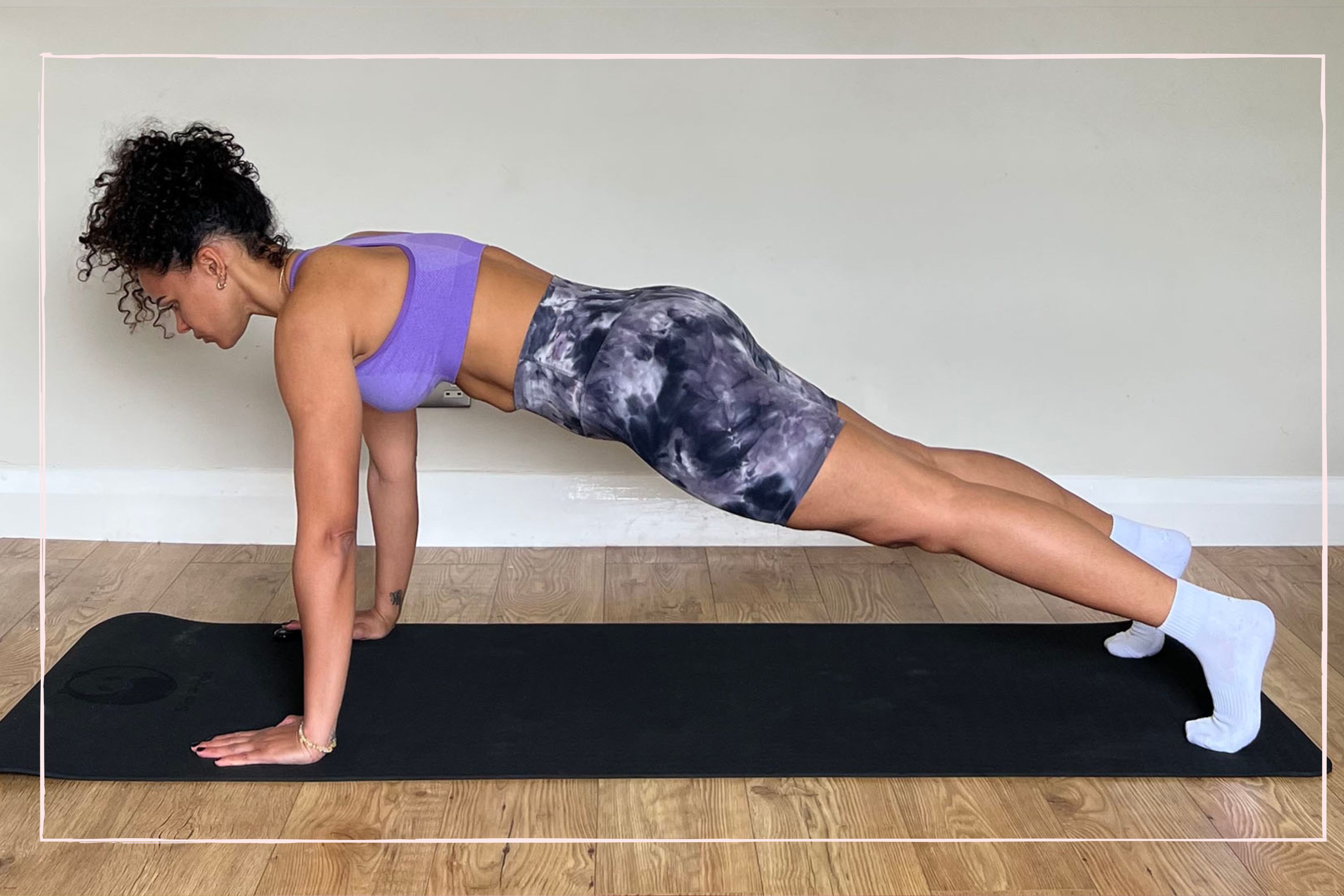 How to do a push-up: Follow this 30-day plan - building up to a full bodyweight workout
How to do a push-up: Follow this 30-day plan - building up to a full bodyweight workoutFollow our 30-day press up challenge to strengthen your upper body – beginning on the knees and gradually building up to a full bodyweight workout
By Daniella Gray Last updated
-
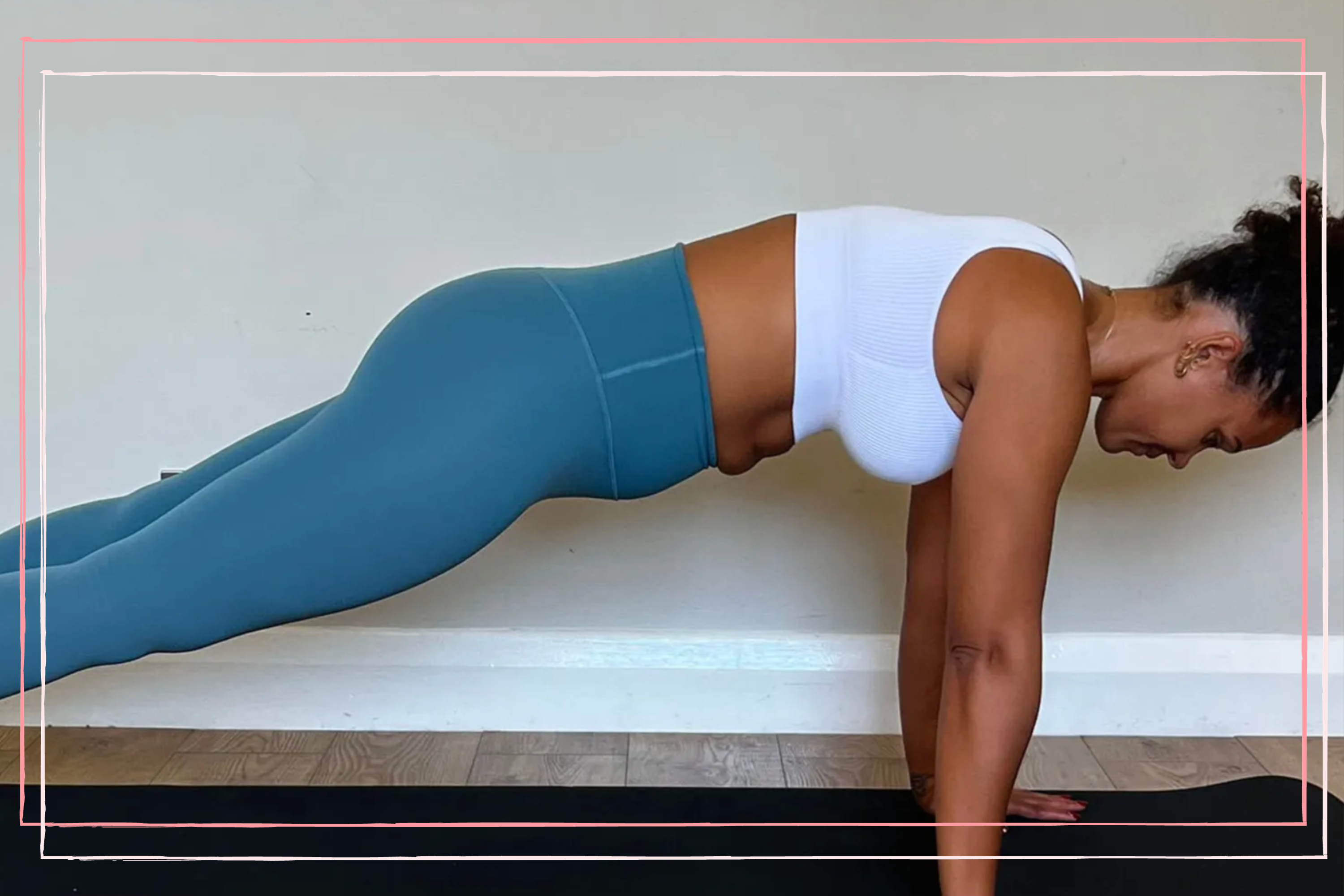 Burpees for beginners: The benefits and how to do them with the proper form
Burpees for beginners: The benefits and how to do them with the proper formDiscover how to do burpees with our 30-day challenge workout - as demonstrated our fitness expert
By Daniella Gray Last updated
-
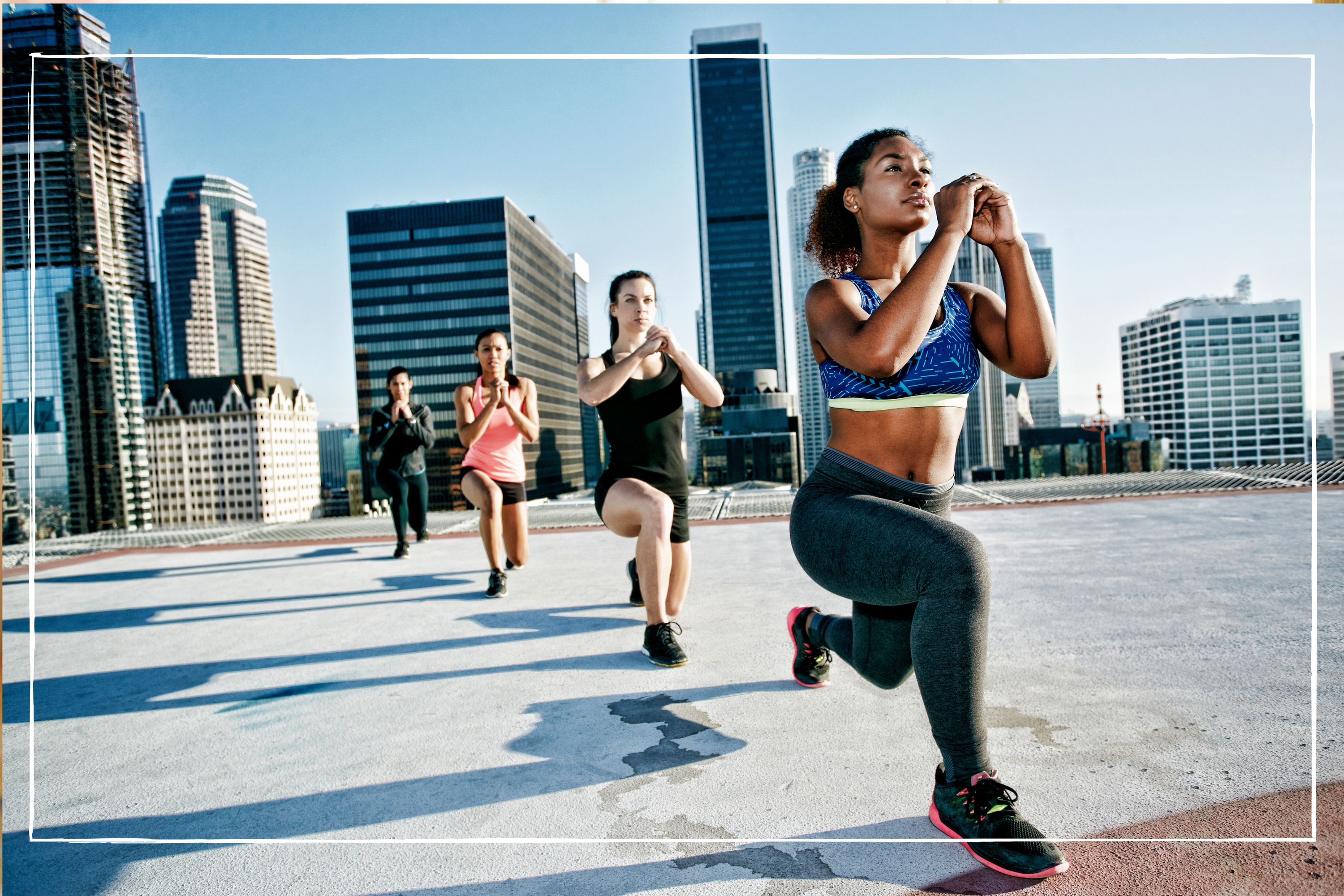 Thigh exercises: Tone up with our 30-day challenge
Thigh exercises: Tone up with our 30-day challengeThigh exercises to tone up, and improve strength - follow fitness trainer Jade Hansle's 30-day challenge
By Daniella Gray Last updated
-
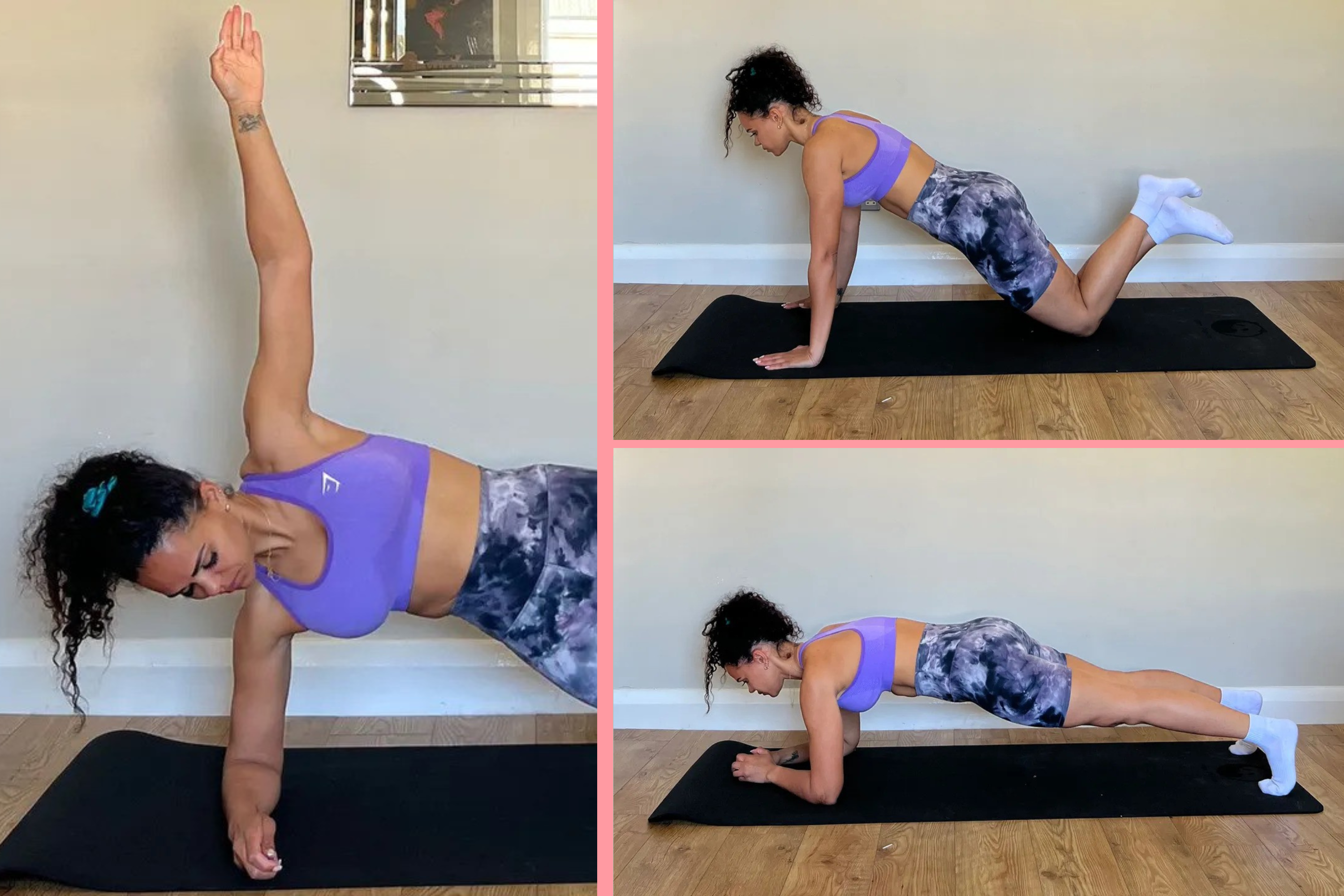 The 30-day plank challenge: How to strengthen your core and tone up
The 30-day plank challenge: How to strengthen your core and tone upFollow our 30-day plank challenge for just a few minutes every day to tone up without any equipment.
By Daniella Gray Last updated
-
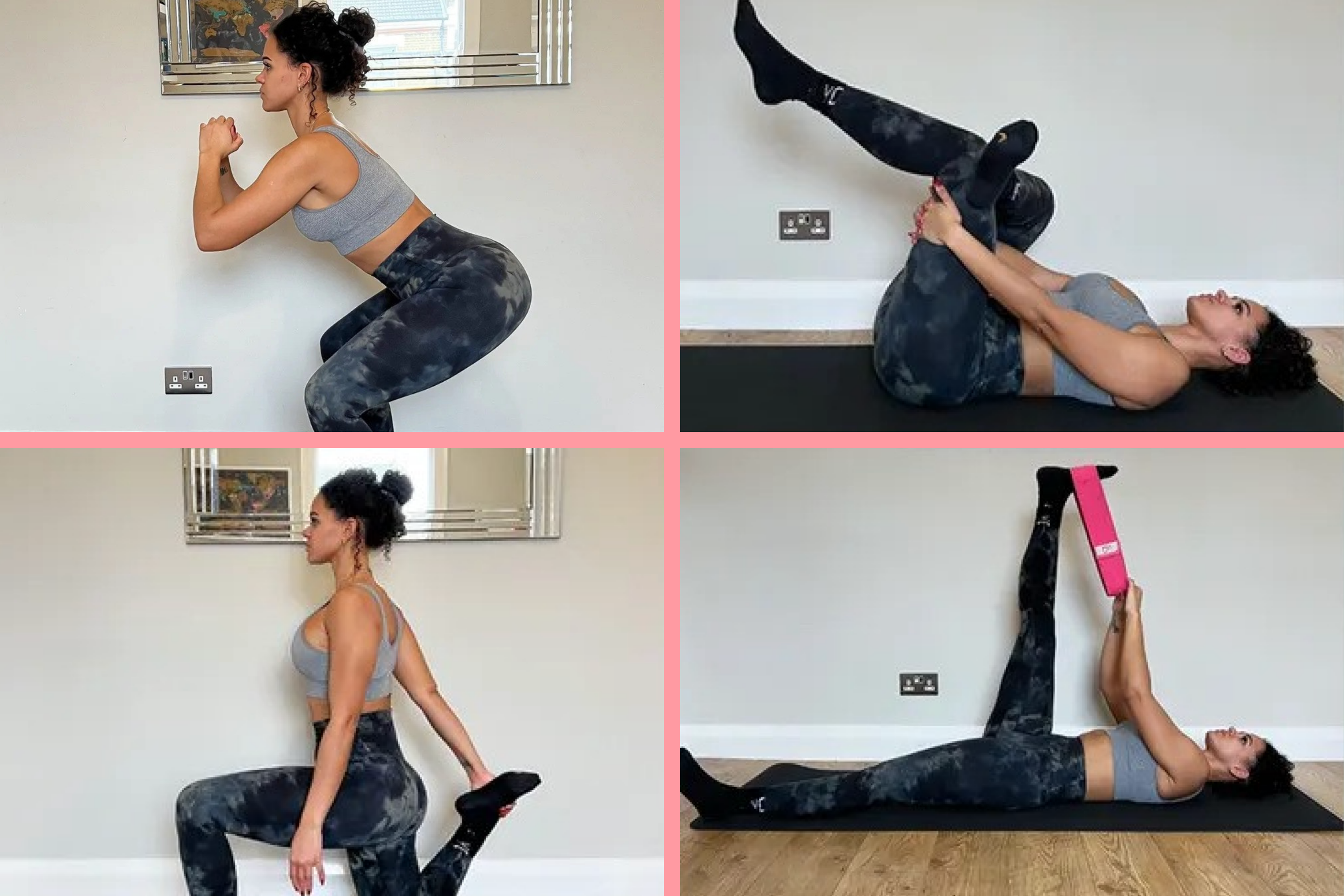 Your 30-day guide to mastering the perfect squat
Your 30-day guide to mastering the perfect squatDelve into this guide tailored specifically for new mums seeking to master the art of the perfect squat
By Daniella Gray Last updated
